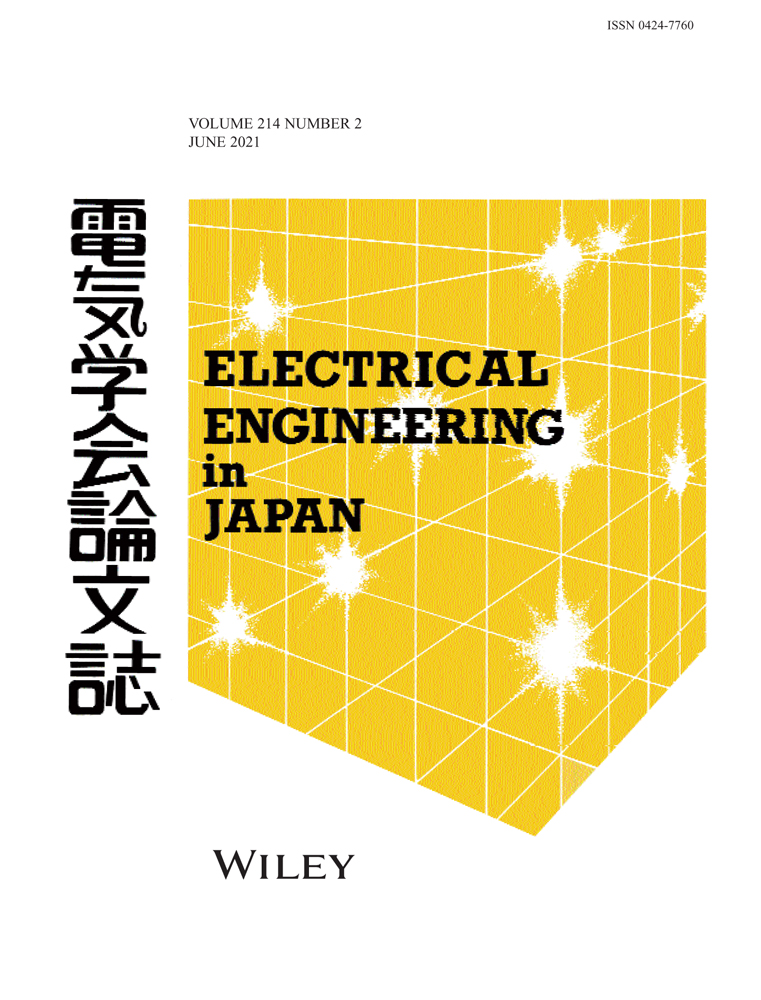Particle-in-cell simulation for breakdown phenomena in vacuum
Abstract
The initiating process of vacuum breakdown is still unknown despite the efforts of many researchers in the long history of vacuum insulation. This paper reports the results of Particle-In-Cell Monte Carlo Collision simulation of the electrons, positive ions, and neutrals in the vicinity of an emitter on the cathode. The radius of the emitter re, the temperature of the emitter T, product of macroscopic electric field and electric field enhancement factor β ⋅Emac, and the electric field enhancement factor β itself are used as the parameters. In some combinations of the parameter values, the distort of electric field and the increase in current are observed as the result of the following positive feedback: field emission, positive ion generation, electric field enhancement by approach of positive ions, and increase in field emission electrons. All parameters affect whether the current increase or not. The radius of the emitter re is a key parameter that determines the occurrence of the current increase. This is because the density of the neutrals in the region where ionization occurs becomes larger with re. Necessary conditions to occur the current increase are the field emission current in the order of 0.1 μA or more and the line integral neutral density along z-direction at the center of the emitter in the order of 1017/m2 or more.




